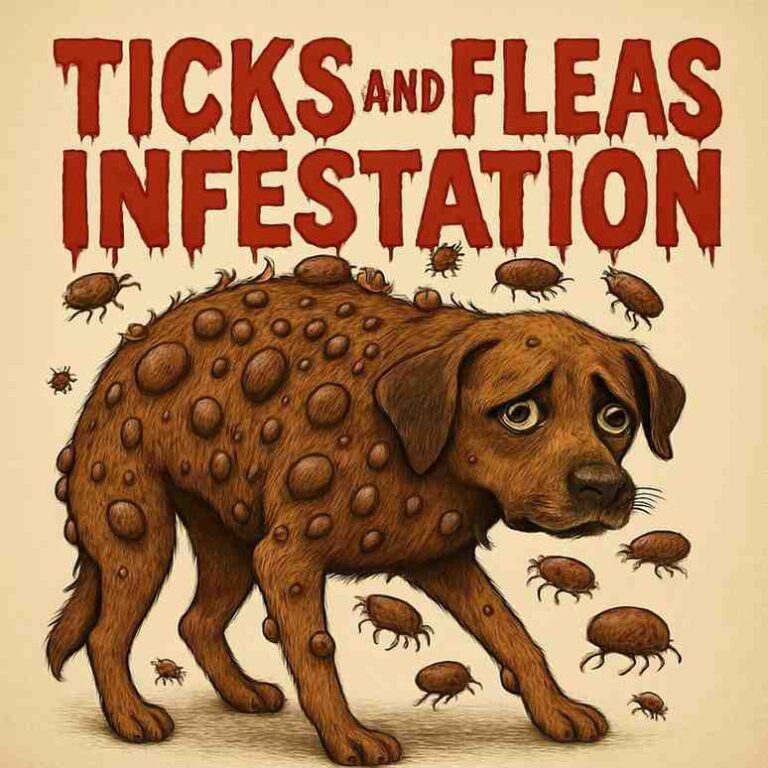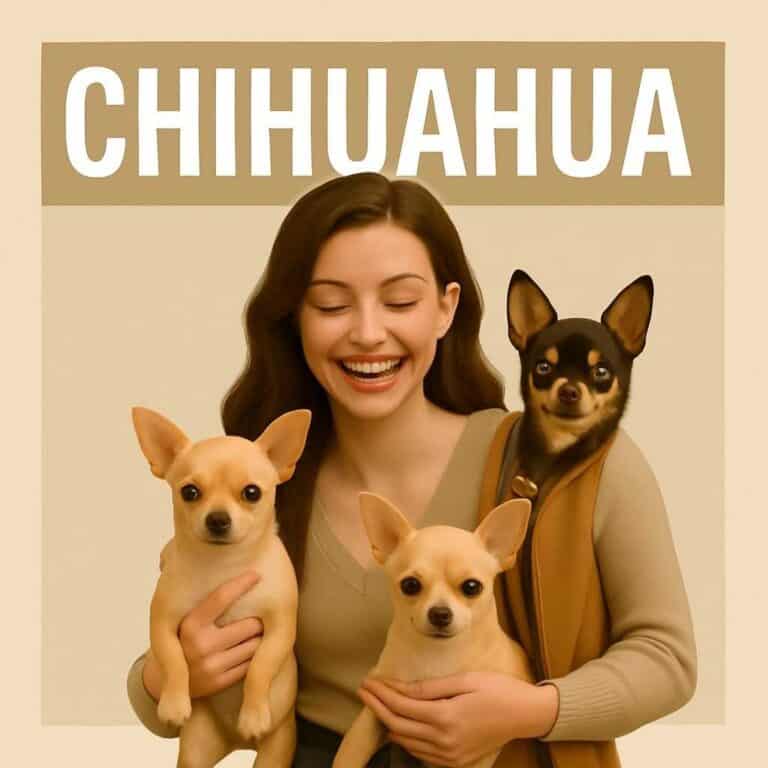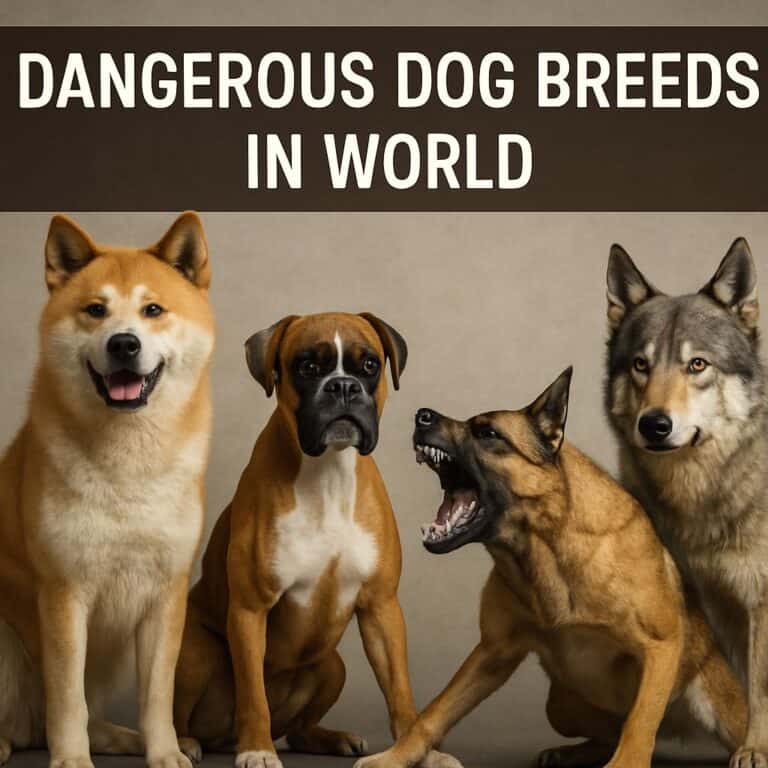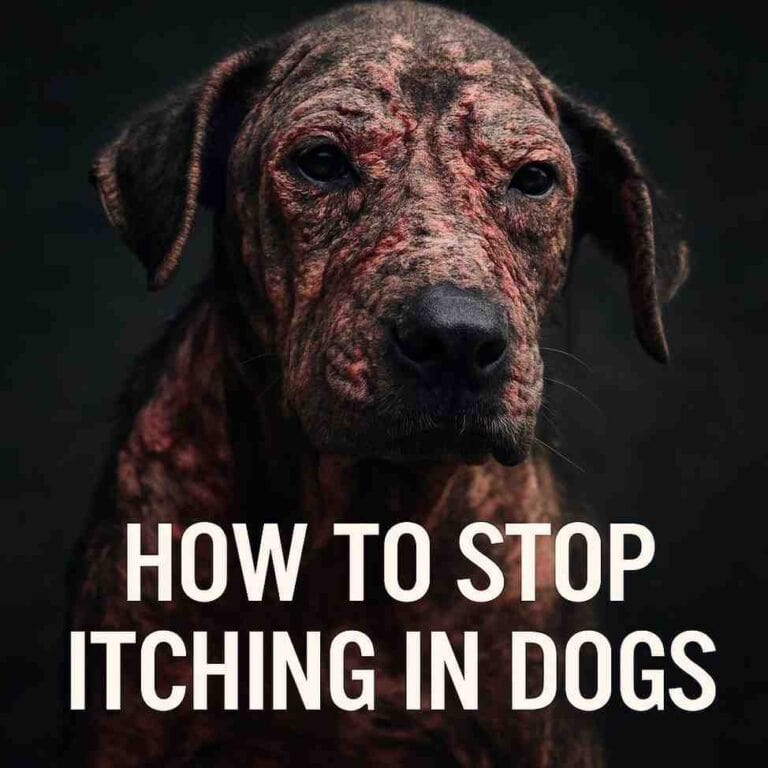How to Select Puppy First Time –A big challenge
How to Select Puppy First Time involves understanding your lifestyle, space, and commitment level before choosing a breed. Consider temperament, size, grooming needs, and energy level. Meeting the puppy’s parents, checking health records, and ensuring responsible breeding practices help you make a confident and lifelong decision for your new companion.









